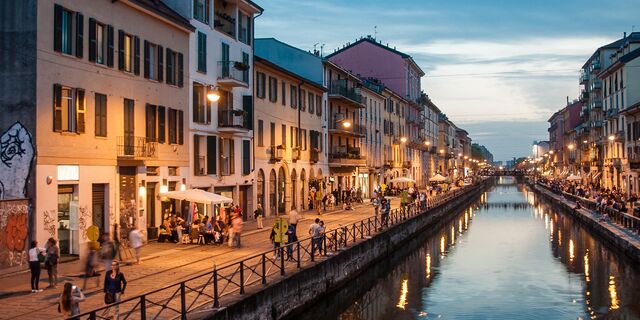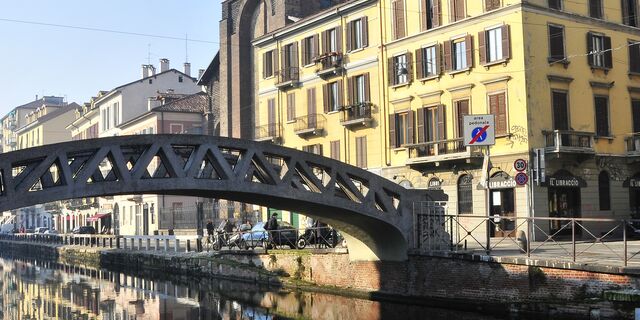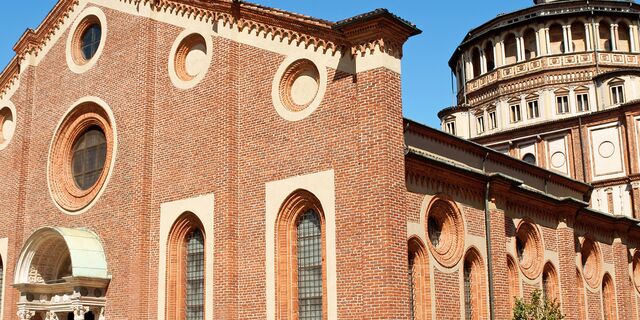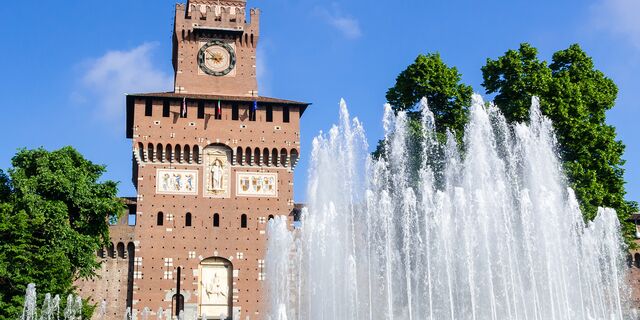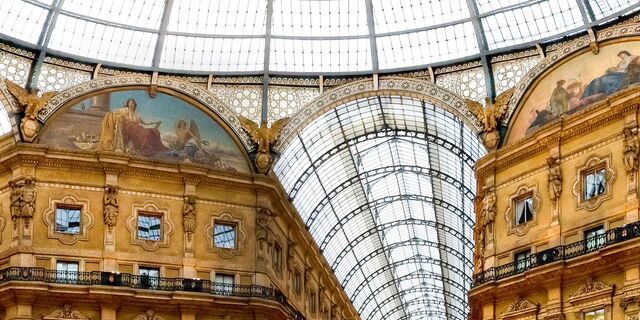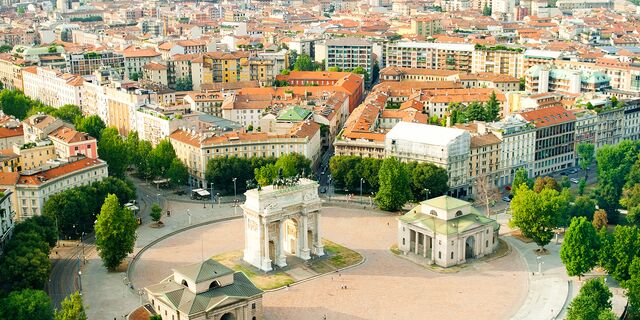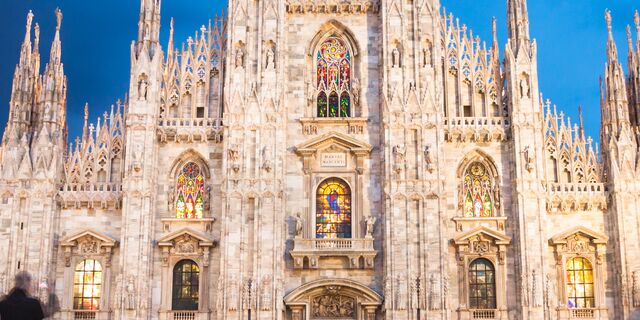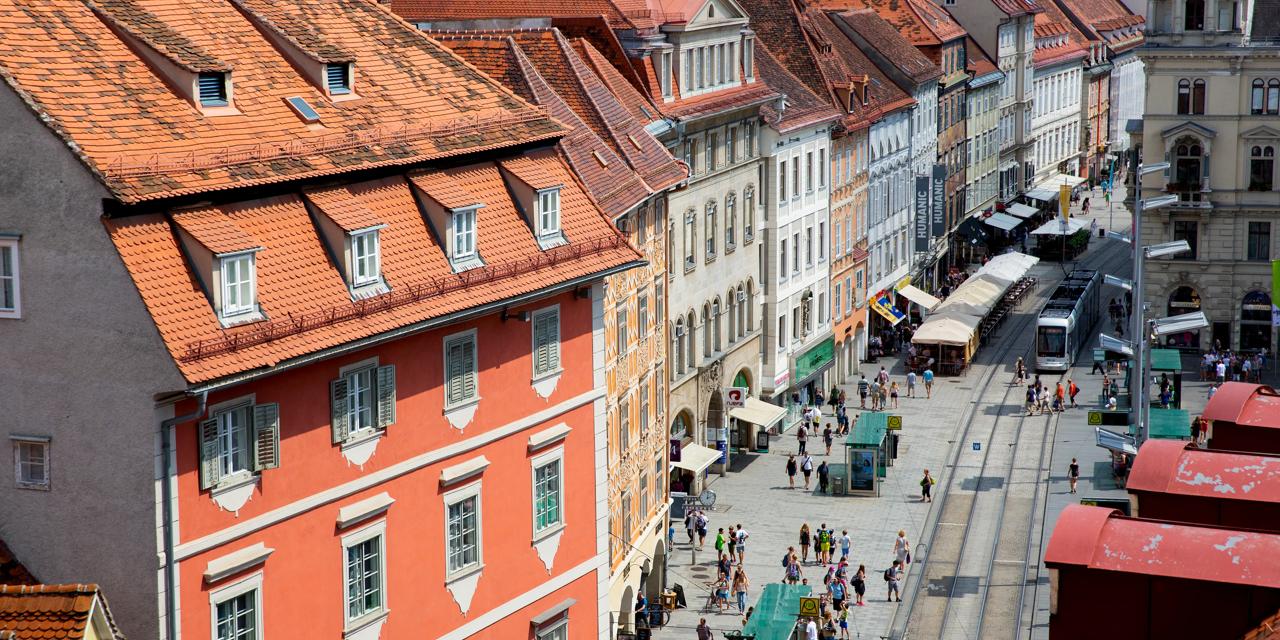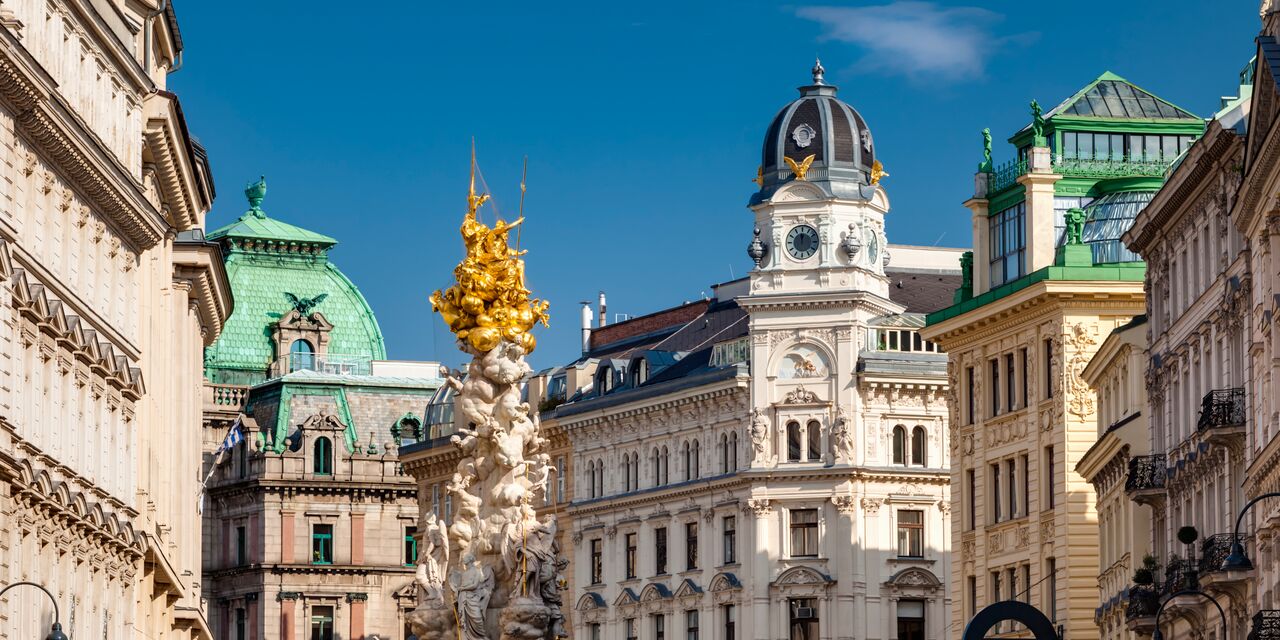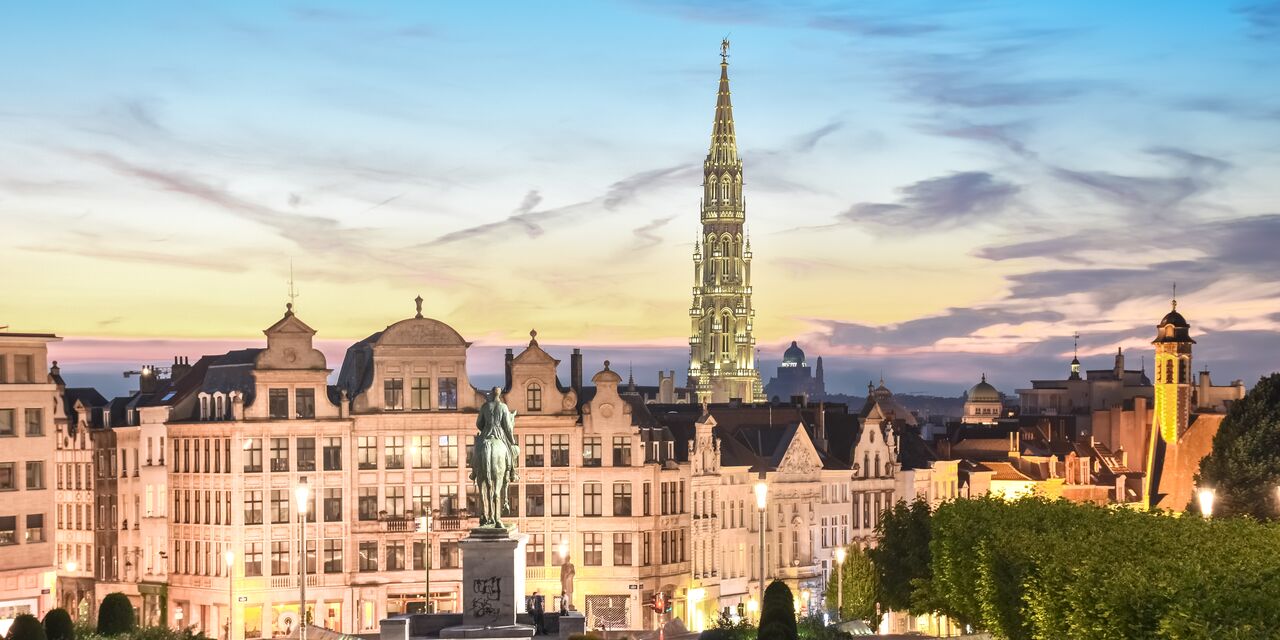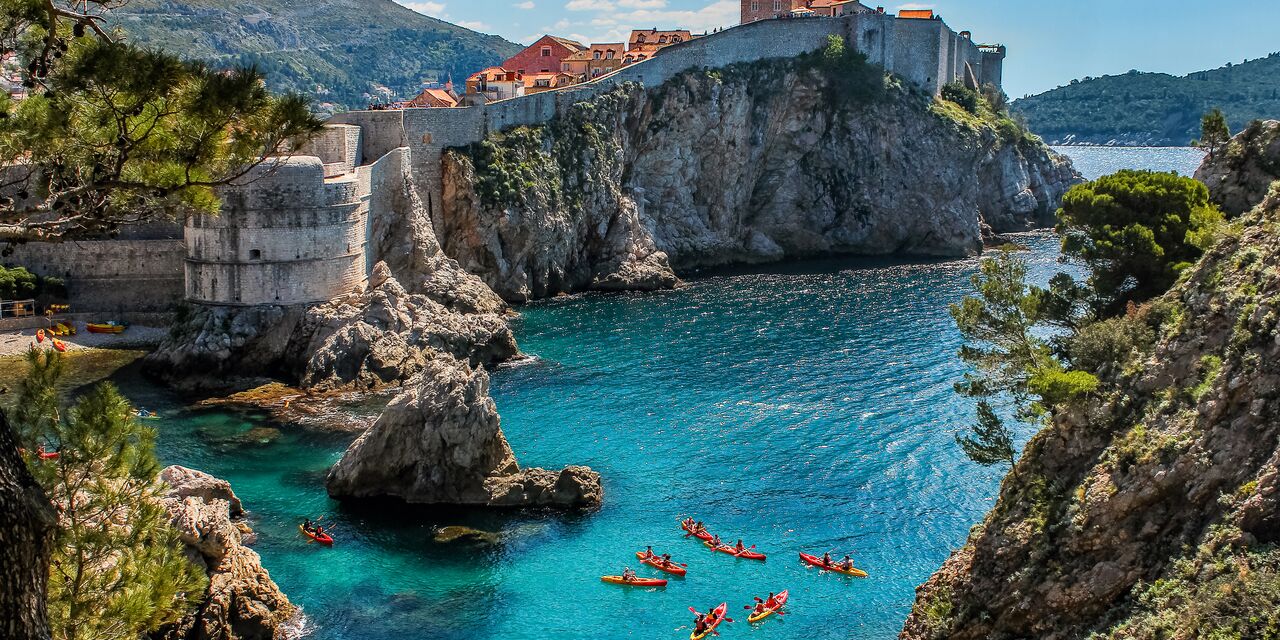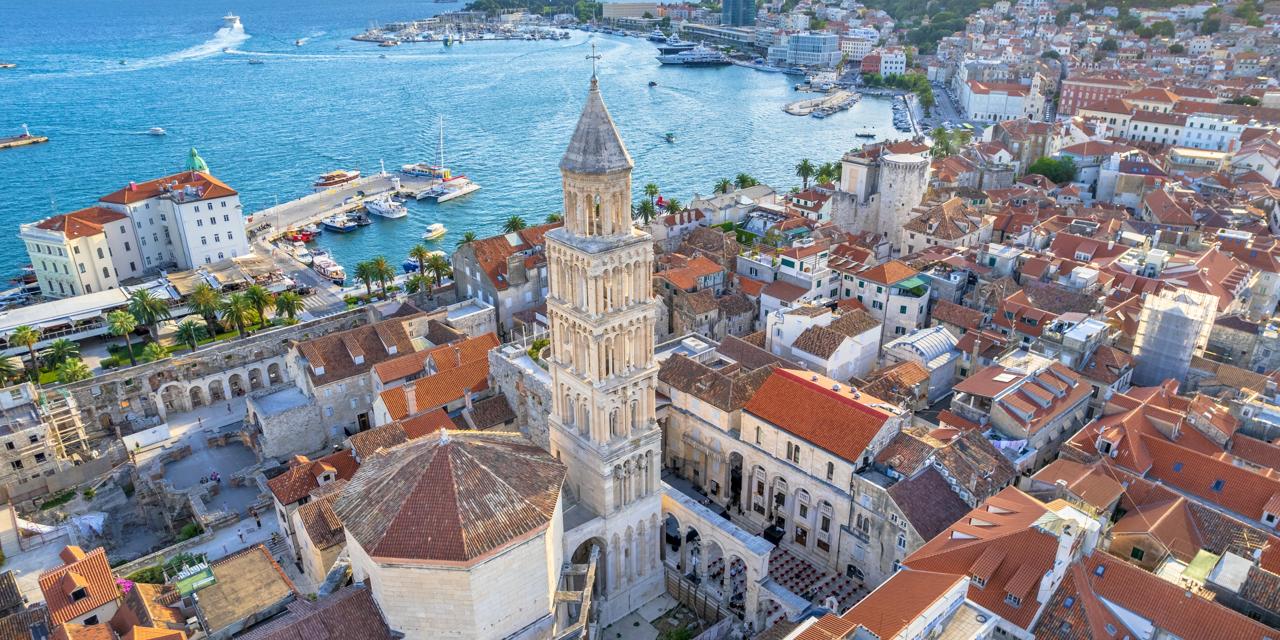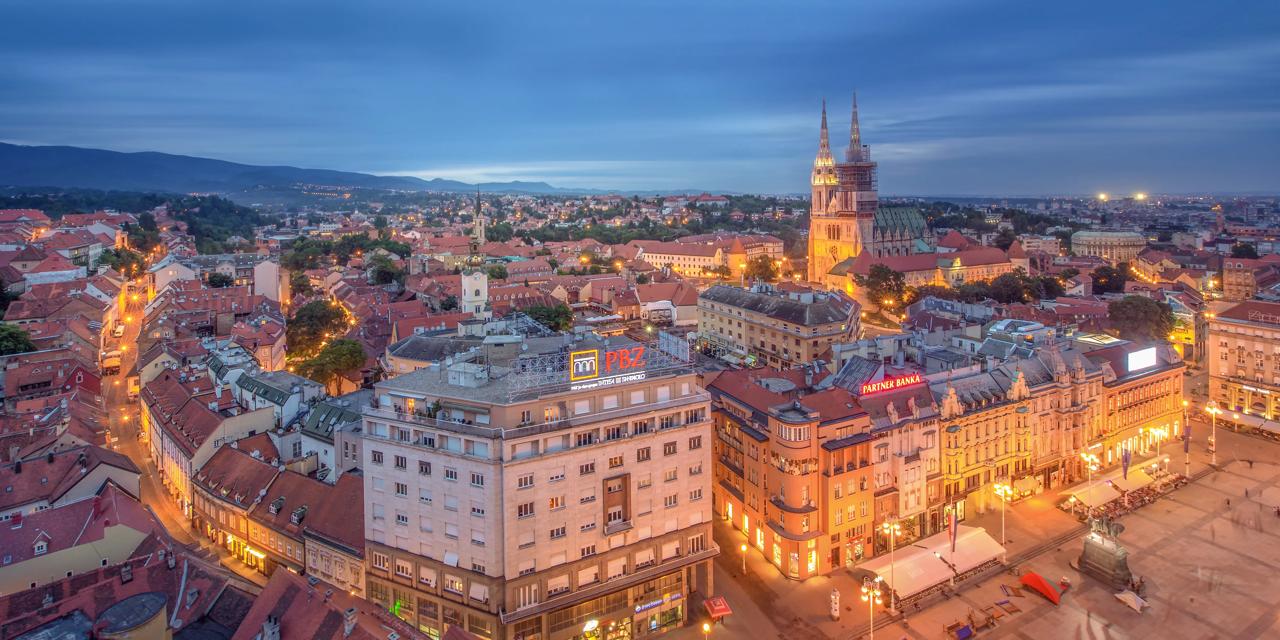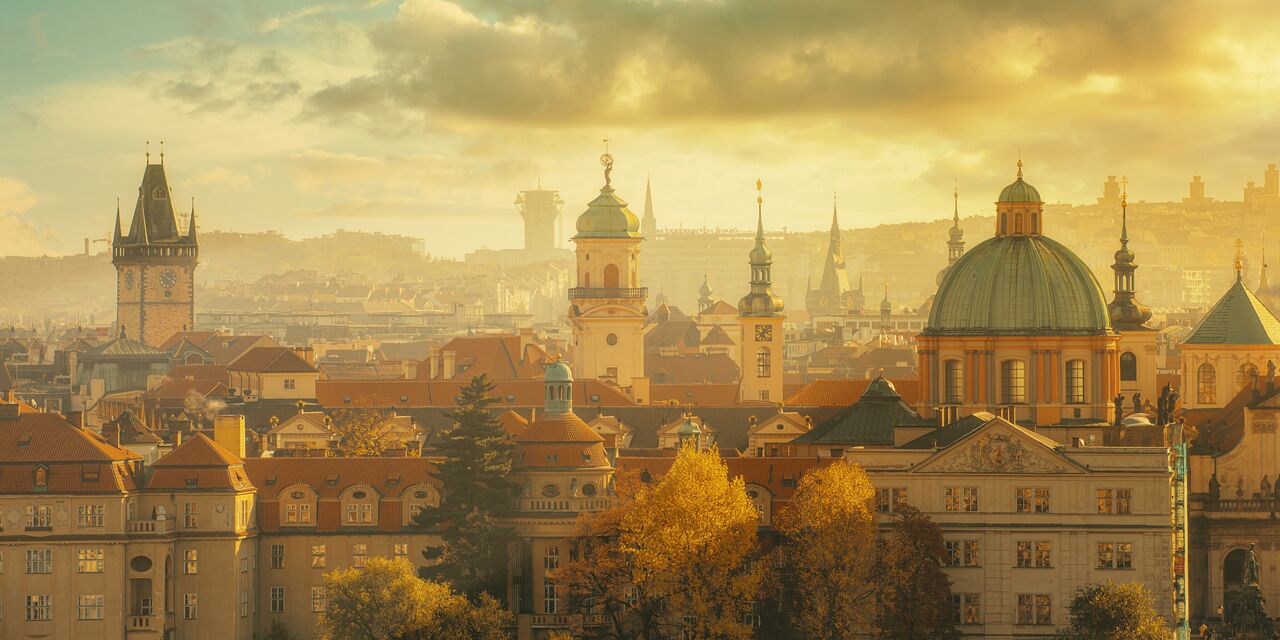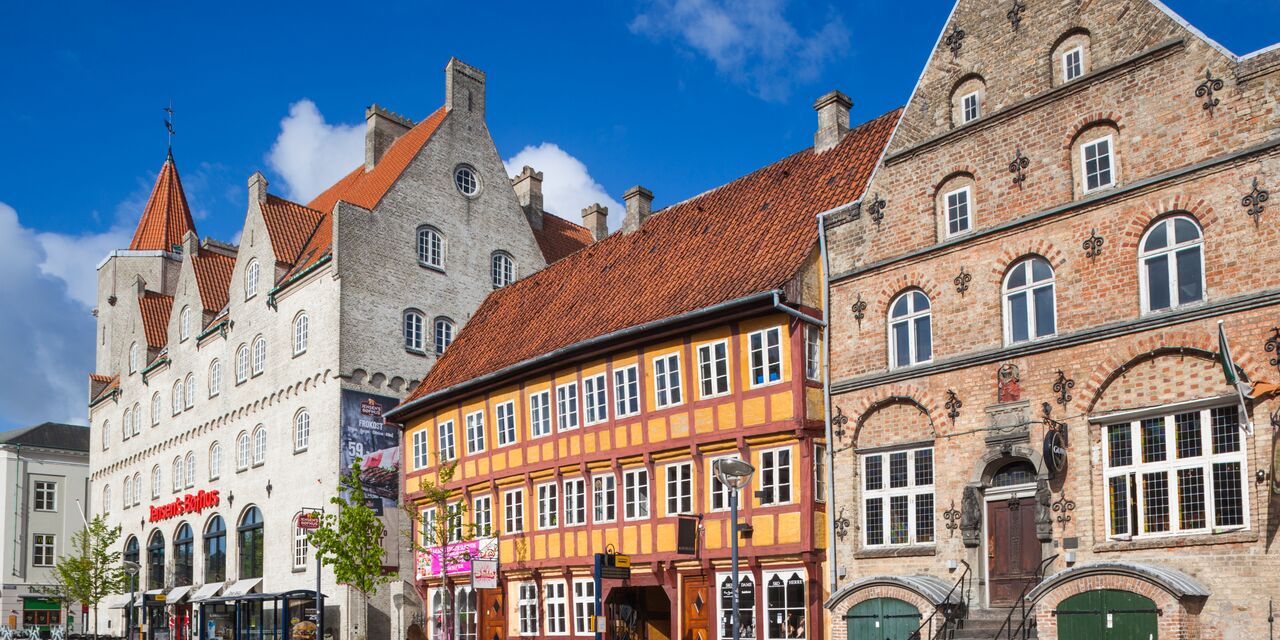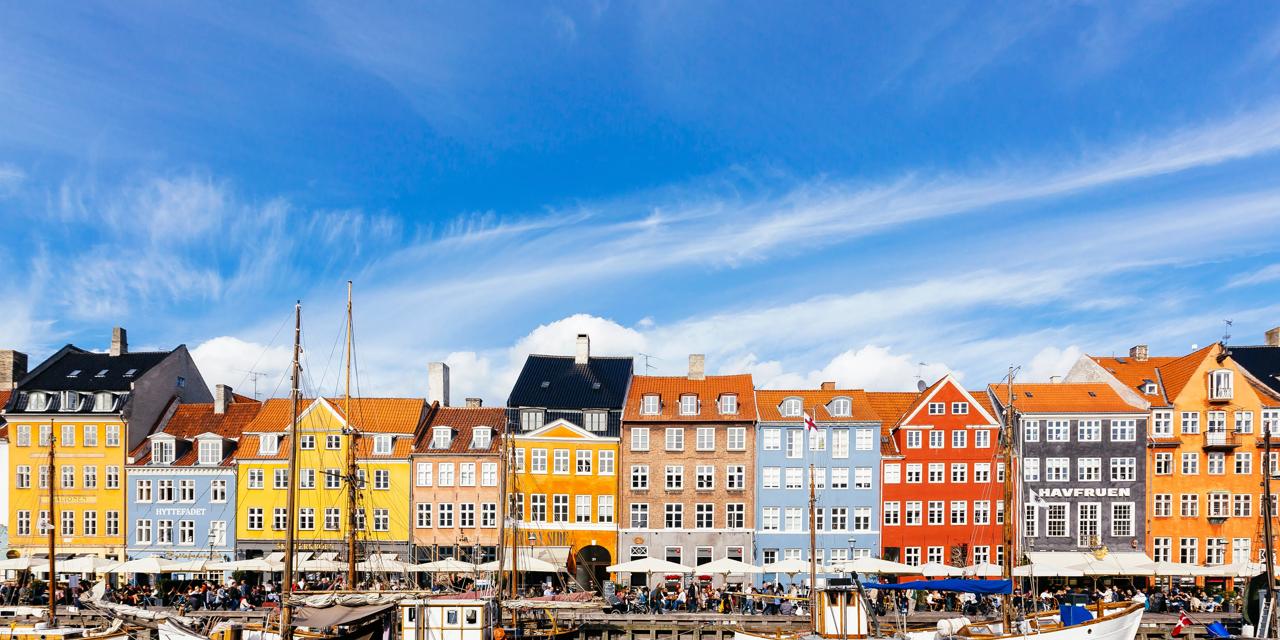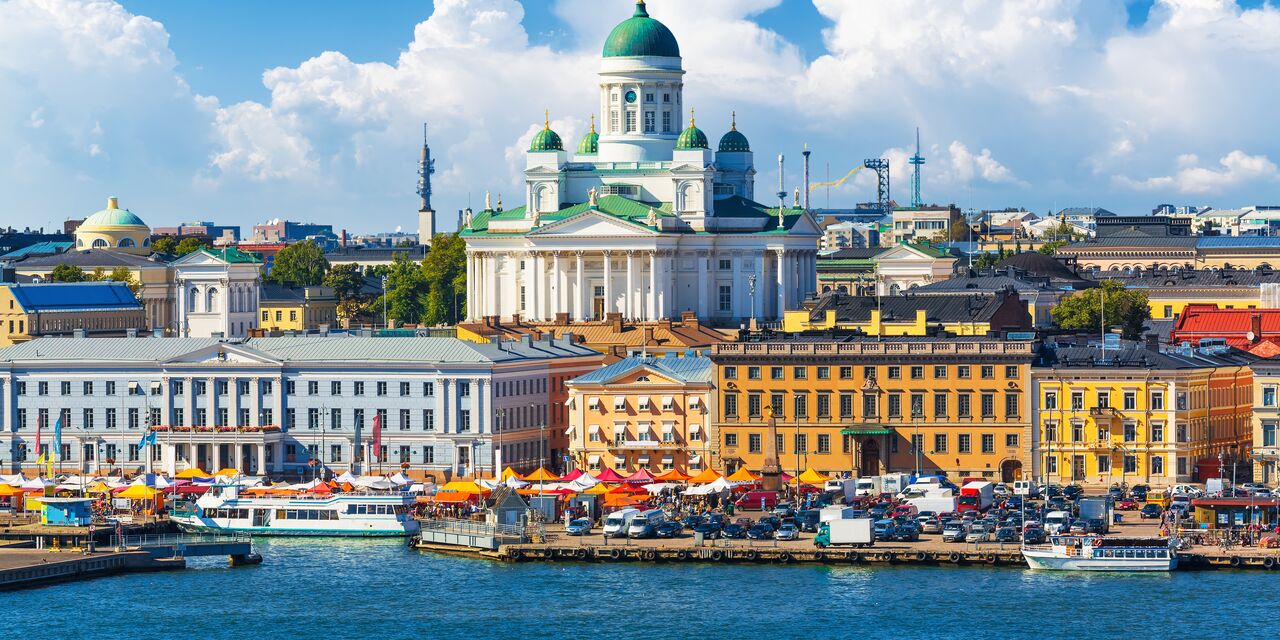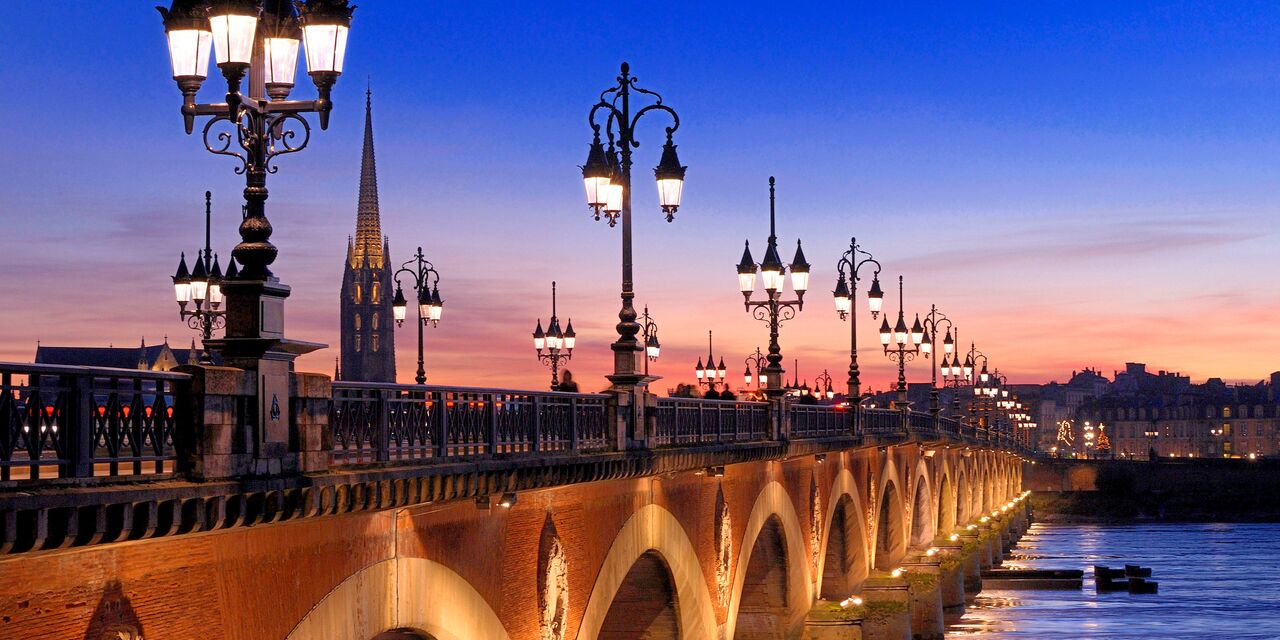Castle for art lovers
Once a symbol of power, Castello Sforzesco has now become an important cultural attraction. The enormous fort in the centre of Milan was originally built as an impenetrable stronghold. It was from here that the Visconti family and later on the Sforza family ruled the city. Since 1896, the castle has housed one of the largest art collections in Milan; take some time to admire the displays of sculptures, European porcelain and Baroque furniture.
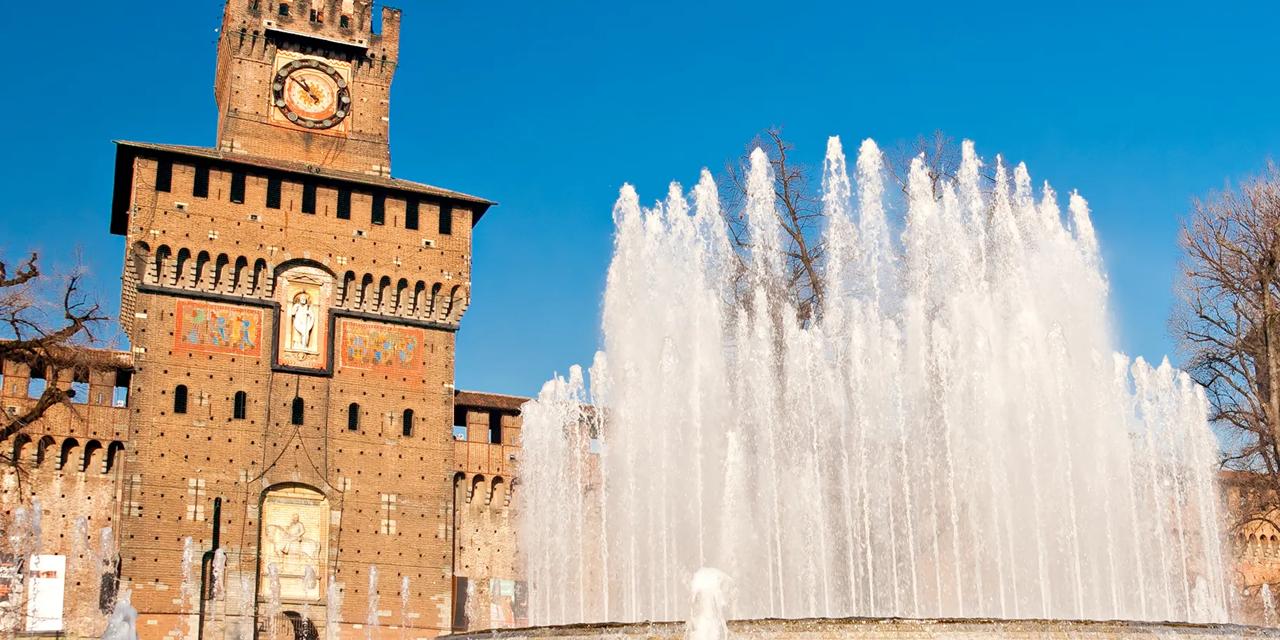
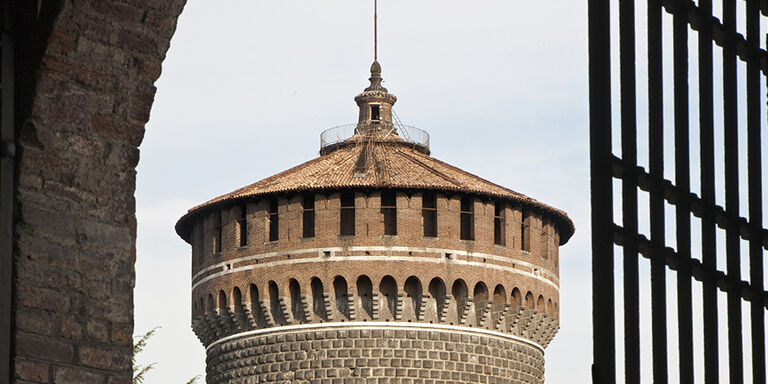
World-class art collections
Under the rule of Ludovico Sforza, nicknamed ‘Il Moro’, who was the Count of Milan at the end of the 15th century, the castle expanded its cultural importance. Sforza commissioned artists such as Leonardo da Vinci and world-famous architect Donato Bramante to embellish the interior of the castle. Under Spanish and Austrian rule, the fort was mainly used for military purposes; if you pass through the 71-metres-high gate and enter the courtyard, you will stand where military exercises were once held. Around 1900, the fort was transformed primarily into a museum facility. Here you will find approximately 10 different museums with priceless world-class collections. And all of this is accessible for a one-time entrance fee of only 3 Euros.
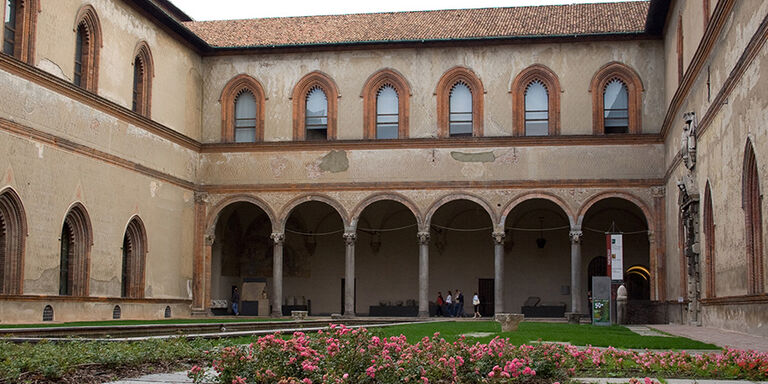
Italian design
Italians have always been known for their refined taste and sense of design. One of the rooms displays Milanese furniture designs from the 15th to the 20th centuries. The collection begins with royal and church furniture from the 15th and 16th centuries and Baroque furniture with parquetry. Marvel at the art collections of the rich noble families. The museum also showcases contemporary design with pieces by famous Milanese designer Giò Ponti. In addition to furniture and crockery, he also designed buildings: for example the Bijenkorf department store in Eindhoven, the Netherlands.
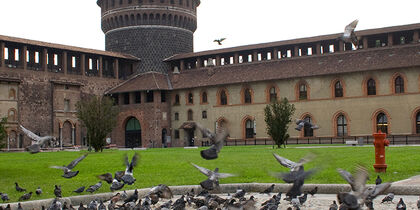
Holes in the walls
As you stroll from museum to museum and from courtyard to courtyard, you may notice small holes in the walls. These are now inhabited by the many pigeons who have made their homes in the fort. Those holes were originally meant to secure the scaffolding for maintenance work, which is still ongoing. Currently the city is making significant investments to transform the fort into the building with which Milan and its residents can identify themselves.
Discover other destinations in Europe
*The displayed prices are for one adult. All amounts are in NAD. Taxes and surcharges are included. No booking fee is applicable. Prices shown may vary depending on fare availability.
The weather forecast information is provided by World Weather Online. Air France-KLM is not responsible for the reliability of this data.

